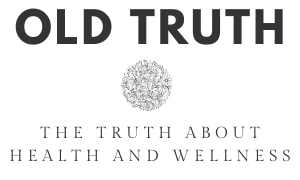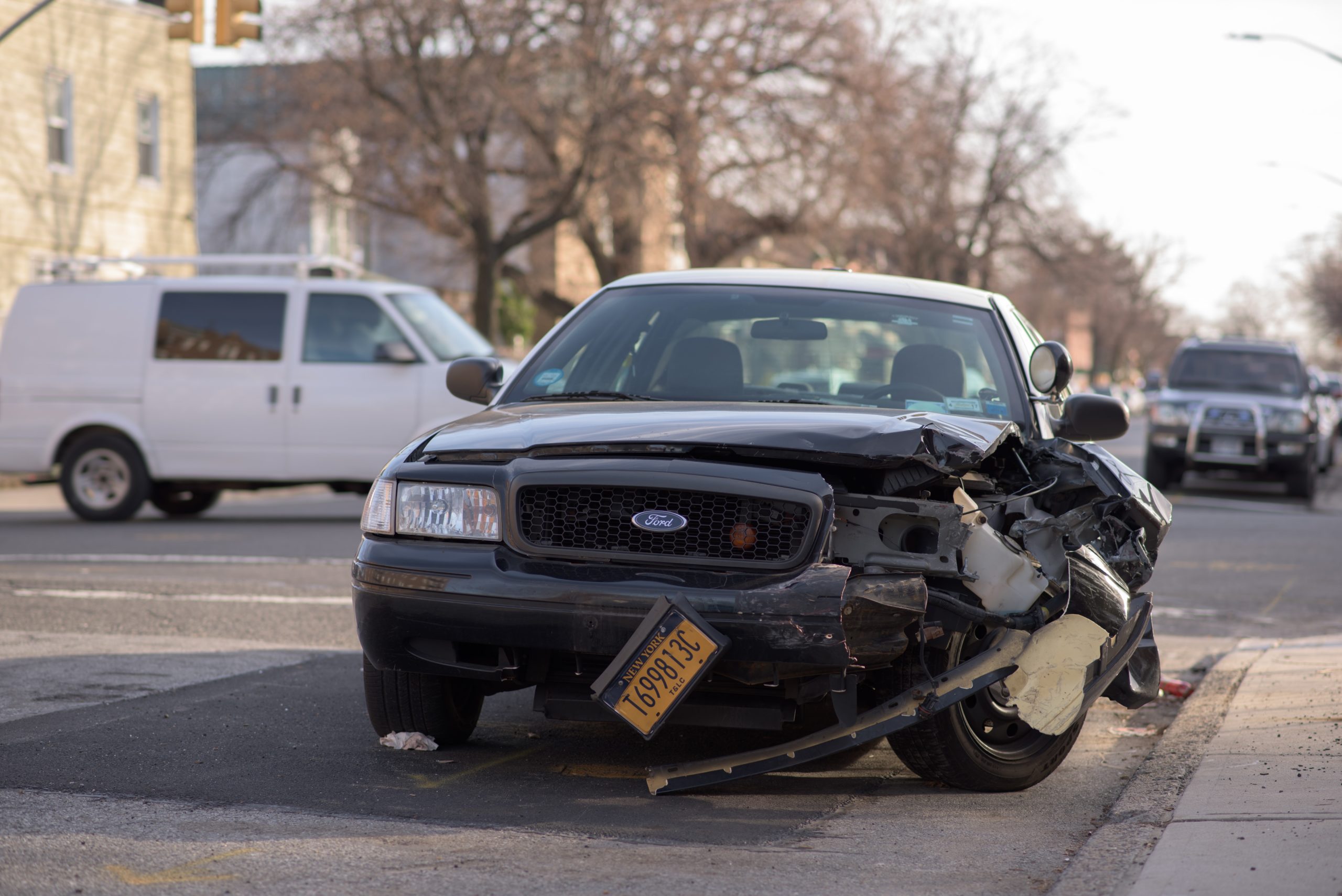It can happen in an instant. You’re driving home and suddenly, you crash with another vehicle on the road. You may experience initial shock from the impact, and your mind may suddenly become frazzled. However, it is important to take a deep breath and then focus on what is happening at the scene of the accident. Here are just a few simple steps to keep in mind if you do find yourself in a car accident, a motorcycle accident, or any other collision with other motorists.
1. Checking for Injuries
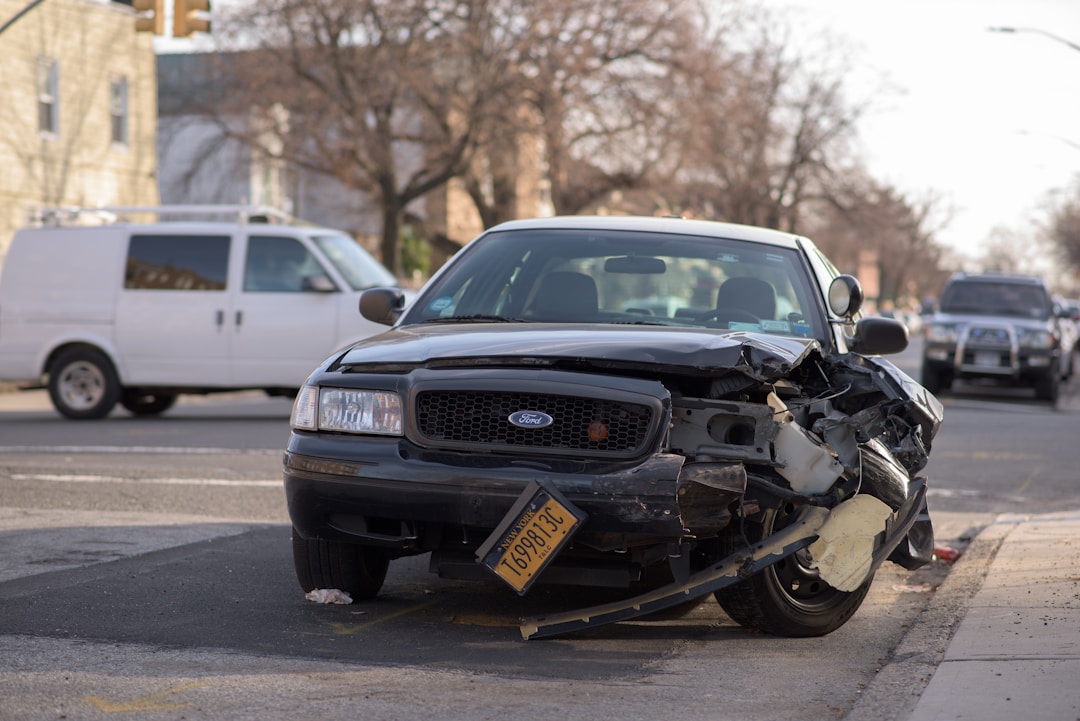
Upon impact, be sure to evaluate yourself for injuries of any kind, from bumps and cuts to more serious injuries. If there are any passengers with you at the time of this car accident, be sure to evaluate them as well. If any motorists or passengers are seriously hurt, call 911 or have someone else in your vehicle call so that any victims may receive medical attention at the accident scene.
If 911 is called to the scene, it is recommended that you seek medical treatment, even if you are uncertain of any injuries brought on by the crash.
If you can, bring your vehicle to the side of the roadway, especially if it is causing a hazard on the road. If you are unable to, try and get yourself and your passengers to safety as quickly as possible.
2. Waiting for Help
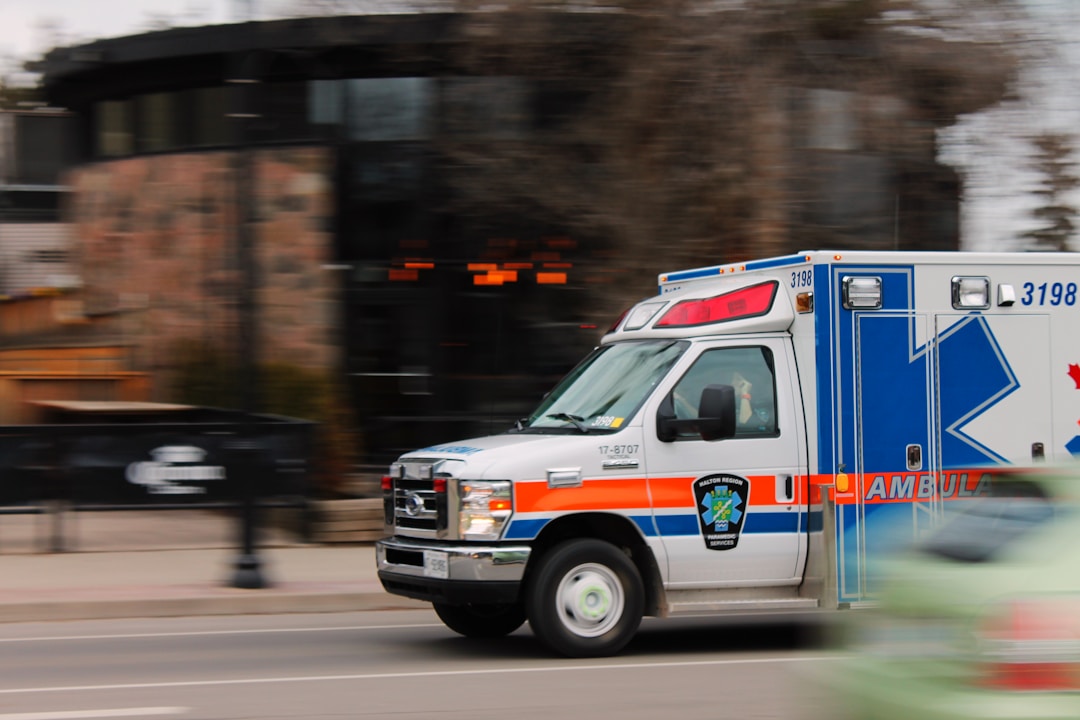
If you’re wondering what to do if you’re in a motorcycle accident or car accident, the most important thing is to wait for help. It is your legal responsibility to remain at the scene of the accident, regardless of how minimal it may be. In fact, in some parts of the United States, it is legally required for paramedics and cops to document the scene and file a police report.
While you wait for first responders to arrive, be sure to turn off your engine. If you have an emergency road kit, utilize any available road hazard signs and flares at your disposal. Insurance companies recommend drivers have these kits on standby in the trunk, the same place where you would put your women’s extra wide calf boots after shopping for some new calf or knee boots.
3. Exchanging Information
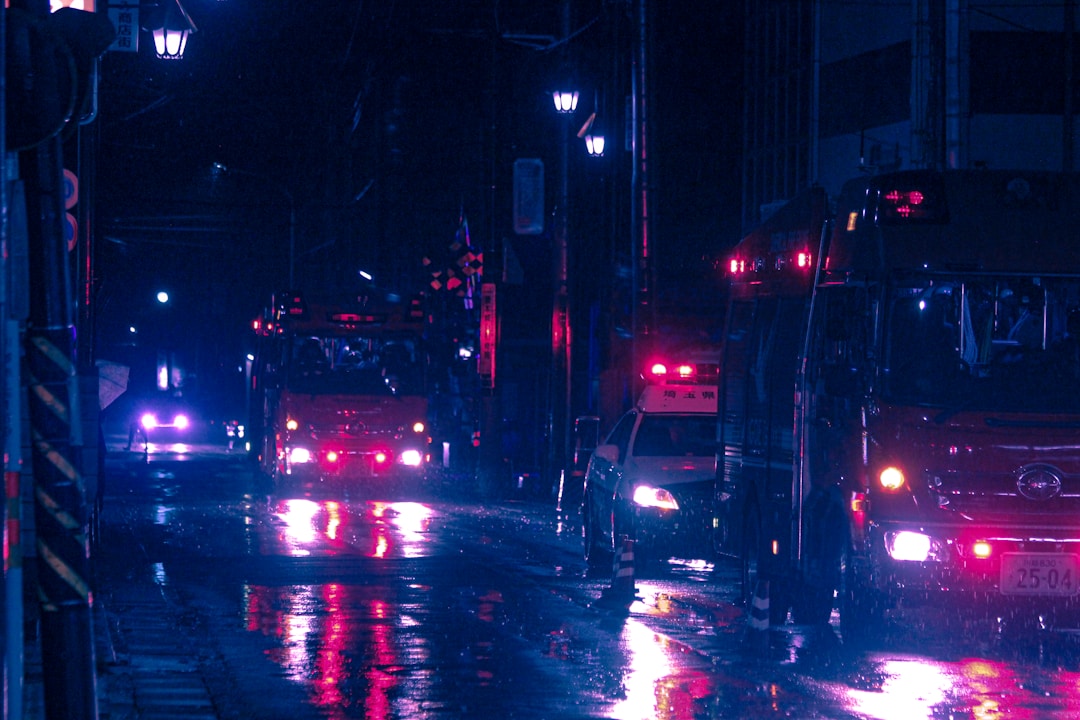
If you are capable to do, or with the assistance of passengers and responding police officers, it’s important to exchange all insurance information. This includes, but is not limited to:
- Full names and contact information of motorists involved in the car accident
- Insurance companies and policy numbers
- Driver’s license and license plate numbers
- Location of the accident
- Type, color, and model of the vehicles involved in the crash
If there are any pedestrians or onlookers who may have witnessed the crash, be sure to ask them for their contact information as well to provide testimony. Avoid discussing fault in all types of accidents. It is not your place to determine who was the negligent driver, as that will be determined by police reports, accident reports, and ultimately by claims adjusters from your respective insurance companies.
4. Starting the Claims Process
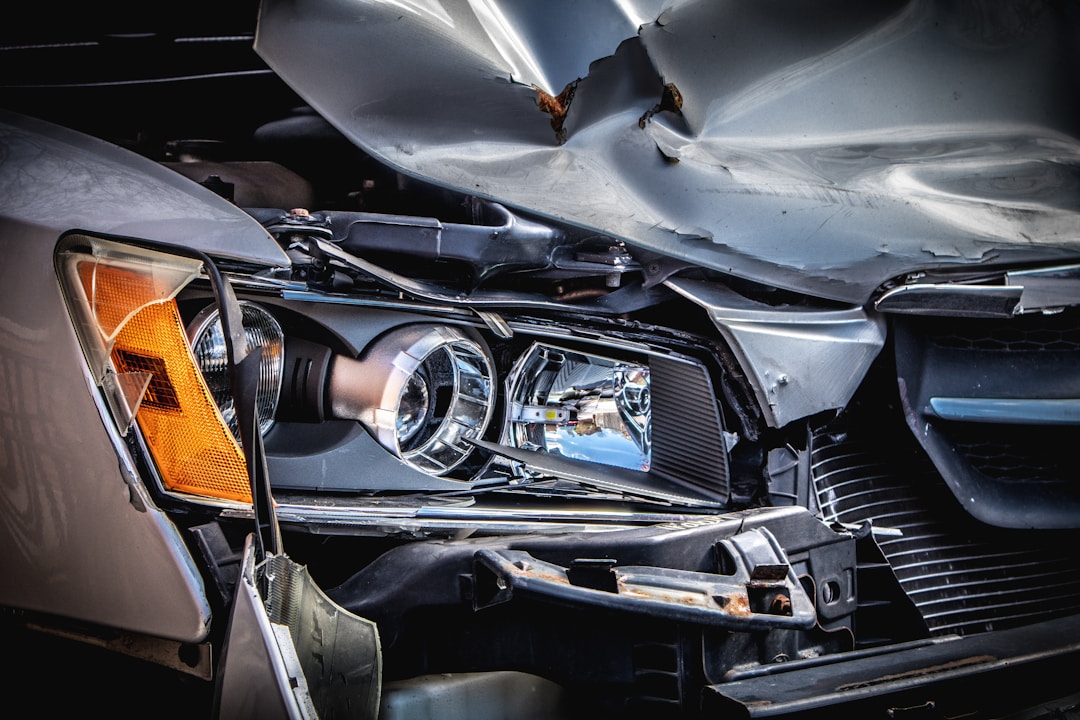
To file a car or motorcycle accident claim, make sure to have all necessary documentation. This includes police reports, as well as any pictures from the accident scene, to begin the claims process with your insurance company.
If you do suffer an injury as a result of this wreck, be sure to keep track of any medical records in the event you or the other party in the car accident pursue a personal injury case. Insurance adjusters rely on as much documentation as possible to assure some expedition of the claims process. This will also help lead to payout for any medical treatment, rehab through minimally invasive pain management education, or any spine surgery that may be necessary for severe injuries caused by the wreck.
